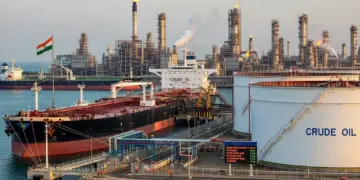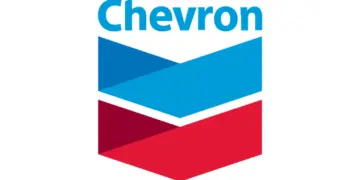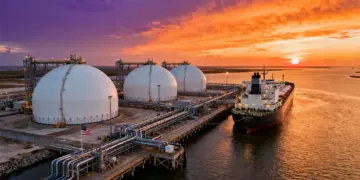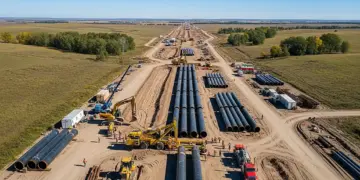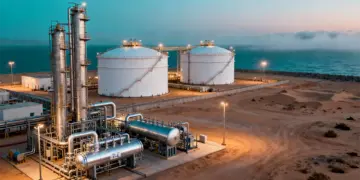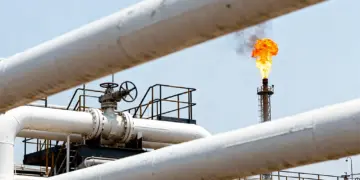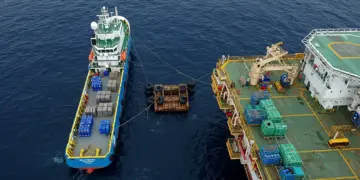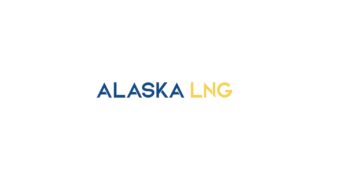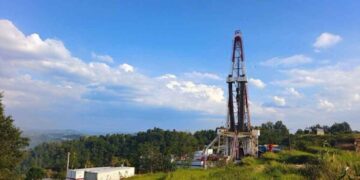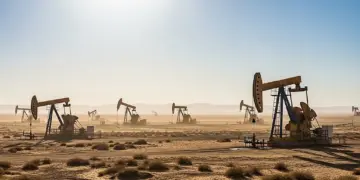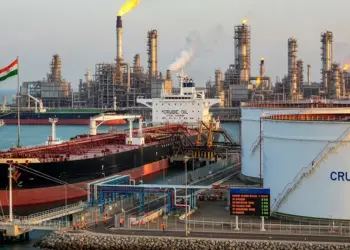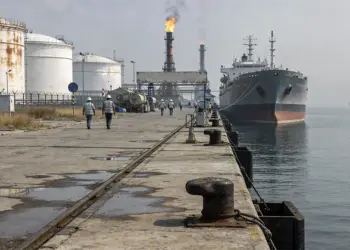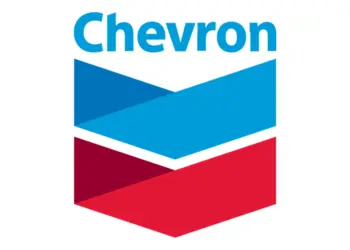The National Oil Corporation – NOC of Libya announced on November 20 that it is entering its final stage of the first Libyan exploration bid in 18 Years, with companies anticipated to submit offers and open bids in February 2026.
It is worth noting that a Tripoli-led delegation was in Washington recently to drum up interest in what is going to be the first Libyan exploration bid in 18 Years. The push highlights the efforts made by Tripoli to restore investor confidence, raise output, and also counter the growing foreign influence in a nation that’s divided.
Top Global Players Queue Up for the 22 Blocks
Chevron, Shell, TotalEnergies and Eni, as well as Repsol, have all been pre-qualified in order to participate in the forthcoming bid round, which goes on to span 22 blocks, of which 11 are offshore and 11 onshore, primarily based in the Sirte Basin and parts of the Ghadames as well as the Murzuq basins.
Their renewed interest goes on to come after an August agreement that granted ExxonMobil rights to go ahead and explore for gas off the Libyan coast. As per what Exxon told the Financial Times, they look forward to working with the National Oil Corporation of Libya so as to completely assess the country’s potential and also leverage the leading capabilities of ExxonMobil in order to jointly explore certain new resources.
Also, the fact is that the momentum has also grown since July 2025, when Shell as well as BP confirmed agreements along with the NOC in order to evaluate the opportunities.
Notably, British Petroleum is also studying the rehabilitation of Sarir as well as the Messla fields and also unconventional resource potential, whereas Shell, on the other hand, may develop the Atshan field located near the Algerian border.
In addition to this, Eni has already restarted drilling across the Ghadames Basin along with BP as well as the Libyan Investment Authority.
New Discoveries Boost the Energy Prospects of Libya
There are recent exploration successes that have further strengthened the case of Libya to investors. Earlier in November 2025, Business Insider Africa went on to report that the NOC uncovered new crude reserves by way of its wholly owned subsidiary, which is the Arabian Gulf Oil Company – AGOCO in the Ghadames Basin that’s located near the Libyan–Algerian border.
Apparently, the newly drilled H1-NC4 well is anticipated to produce almost 4,675 barrels of crude oil every day and around 2 million cubic feet of natural gas that’s completely owned by the corporation.
Not very far from there is the Sirte Basin, where OMV from Austria also struck oil. The National Oil Corporation of the country confirmed that the production tests at the exploratory well within Block 106/4 were drilled to a depth of 10,476 feet and are yielding over 4,200 barrels every day, with gas output going beyond 2.6 million cubic feet every day.
All these funds highlight the depth of the untapped potential of Libya and also come at a time when the global organizations are searching for new reserves quite aggressively.
Tripoli Aims for Production Boost as well as Enhanced Terms
Libya looks forward to increasing the production from 1.4 mn barrels every day to 2 mn bpd by 2028–2030, which, by the way, is potentially the largest capacity expansion in OPEC+ after the UAE as well as Iraq.
In order to attract investment, Tripoli is also going ahead and offering certain new production-sharing agreements and has also revised the previously strict fiscal terms. According to Mike Wirth, the CEO of Chevron, the terms are more attractive as of now as compared to what historically they had been.
NOC anticipates the 22 bid-round blocks would have 1.63 billion barrels of discovered oil and gas in place, having potential finds of almost 18 billion barrels, therefore adding to the 48 billion barrels of proven reserves in Libya.
There is also a separate auction in place for over 40 marginal fields, each of which is capable of producing anywhere around 5,000–20,000 bpd and will be launched before the end of 2025.
Political Divisions and the Influence of Russia
In spite of the renewed international interest, Libya still remains split between two archrival governments. The Tripoli administration, which is UN-recognized, goes on to control the west, whereas General Khalifa Haftar holds most of the east as well as the south, including major oil sites.
During the meetings in Washington, Libyan officials had warned of the growing influence that Russia has in the Haftar-controlled areas. They do have a problem said one of the senior officials, Mahmoud Ahmed Alfiste from Libya.
While the world does recognize the NOC as being the sole legitimate exporter when it comes to the Libyan oil, Haftar, along with his sons, is in control of the parts of the country that go on to contain critical reserves, said the official. Moscow has for long backed Haftar and has also expanded its military footprint throughout eastern as well as southern Libya.
Tripoli officials have gone on to tell their U.S. counterparts that the expanded involvement coming from the Western oil companies could as well help to reinforce the national authority of the NOC and also weaken the Russian leverage, thereby ultimately helping to stabilize the country.
The officials also argued that the increased Libyan oil and gas supplies could as well serve as an alternative to the Russian energy when it comes to the global markets, especially as Europe continues to move away from Moscow.



